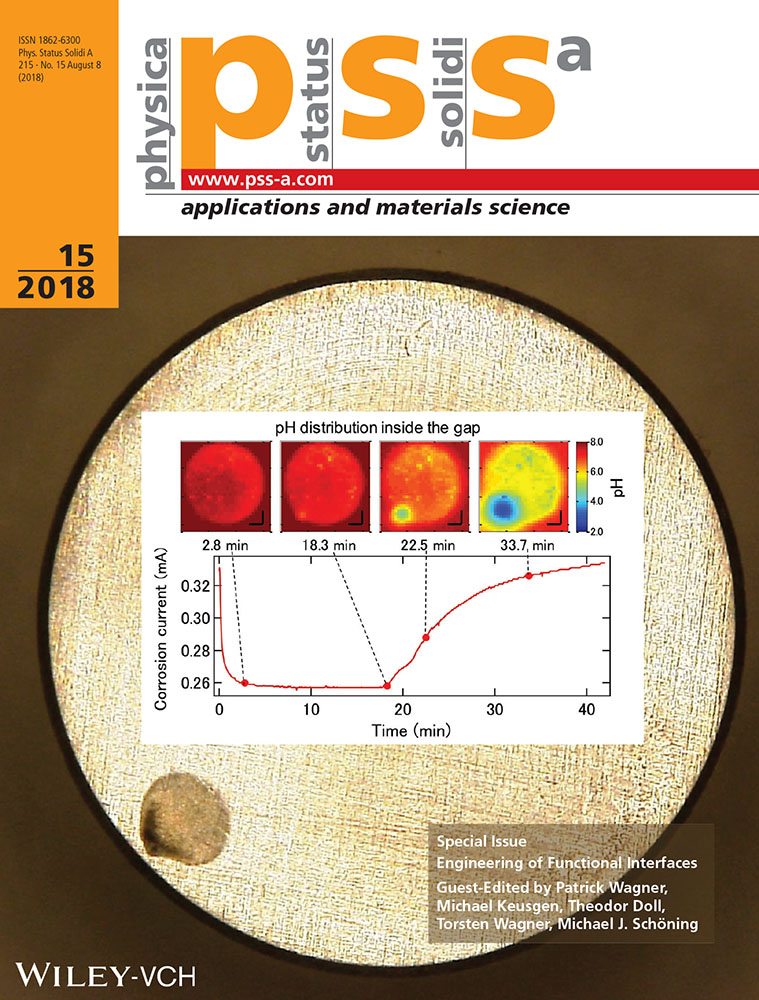Characterization of Nanosized Drug Carriers by Analytical Centrifugation
Abstract
Correct size characterization is a main prerequisite in the field of pharmaceutical nanotechnology. Different methods exist and each method possesses beneficial properties but also some drawbacks. Typical drawbacks are for example a narrow measuring range, which hampers the detection of possible larger particles or the lack to determine size distributions. Therefore, a thorough and reliable size characterization can only be performed by combining different sizing methods. Analytical centrifugation is a relatively novel technology in the field of pharmaceutics and can be used for the characterization of submicron particles. The aim of this study is to investigate if analytical centrifugation is a useful and reliable tool for size analysis of pharmaceutical nanocarriers. Different samples of known composition, that is mono-, bi-, tri-, and tetramodal samples, which are prepared from differently sized particle standards, and different drug nanocarrier systems are characterized by dynamic light scattering and by analytical centrifugation. Analytical centrifugation led to accurate size results and is found to detect all larger sized submicron particles within a small sized main population reliably, when samples with standard particles are analyzed. Size characterization of the different drug nanocarriers is not superior, when compared to classical sizing methods.
Conflict of Interest
The authors declare no conflict of interest.




